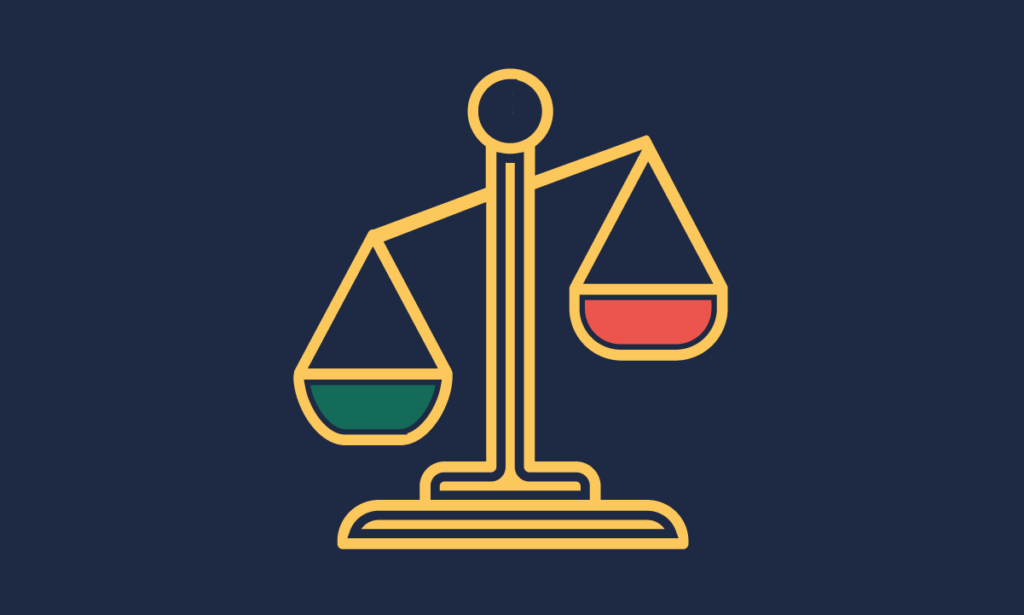Gartner has a swanky definition, but basically, data literacy means having the ability to read, work, think critically and collaborate with others using data. Data literacy is not about being able to produce analytic models. Instead, data literacy is about creating a culture of curiosity rooted in data. What can we learn about the business? What questions can be asked and answered through data?
As you look at building data literacy within your organization, there are two things to remember: First, data literacy must be balanced with business acumen to be effective, and secondly, data literacy must be complemented by communication skills to support change. But before you even start, take some time to be clear on your expectations of literacy.
Data literacy does not equal data fluency
In the same way we don’t expect a data scientist to write a marketing plan, we shouldn’t expect a marketing team to be able to write an analytics plan. We shouldn’t expect everyone to operate at the same level of expertise when it comes to the use of data.
To be literate means you’re able to engage in the conversation.
You can contribute to the discussion that defines what analysis needs to be done, and you can weigh in on the collaboration that follows when the investigation is complete.
To be fluent means you can create using data.
You not only know what the data is and how it comes together, you know the why and the when—why this data or approach, and when it should be used. Fluency requires a clear understanding of the problem. Otherwise, it’s just throwing around numbers and models.
Recognize literacy is not a one size fits all approach. In effective data literacy programs, the goal is to raise literacy to where it’s needed for the role. It’s about the conversation and the outcome.
Data literacy doesn’t stand alone—balance brings value
Imagine a small group of international experts has gathered to address a huge global problem. Before they can get to saving the world, there is a difficult obstacle to overcome: None of them speak the same language. The process of transforming to a data-centric organization presents the same challenge—it’s difficult to align on a solution if conversation between team members is a struggle.
Effective conversations are a two-way street. In this case, data literacy is one side, business knowledge is the other. In my work, I see data-based discussions go off the rails for both reasons, with gaps in business knowledge being the far more common problem of the two.
Data literacy, while important, won’t bridge the gap on its own. Pair your goal of a data literate organization with an equal emphasis on business knowledge, particularly for those believed to be data fluent. We need to understand what others are saying—and can action—to get alignment. Keeping an eye on both sides of the equation leads to better conversations between those who have the goods on the data and those who made the request.
Data storytelling supports data literacy
Good data storytelling relies heavily on narrative – on connecting the dots between what the data means and what it means for the business. It ties analytic vocabulary to something immediately relevant to the listener, decoding content in a way that can be shared again and again. This is how we achieve literacy – build vocabulary, collaborate, think critically, and more importantly, determine what we can do with what we’ve learned.
The major benefit of reinforcing data literacy through storytelling? An organization equipped to transform data into ideas that drive change. Data literacy works to break down barriers between teams in approaching issues; it supports better, faster decisions and generates alignment on action items. It shares the same goals as storytelling.
Take a balanced approach to data literacy programs—keep a sharp eye on business knowledge and build your data storytelling. The potential is enormous. You’ll be surprised at how quickly it’s unlocked when you focus more on the conversation and less on the data.
